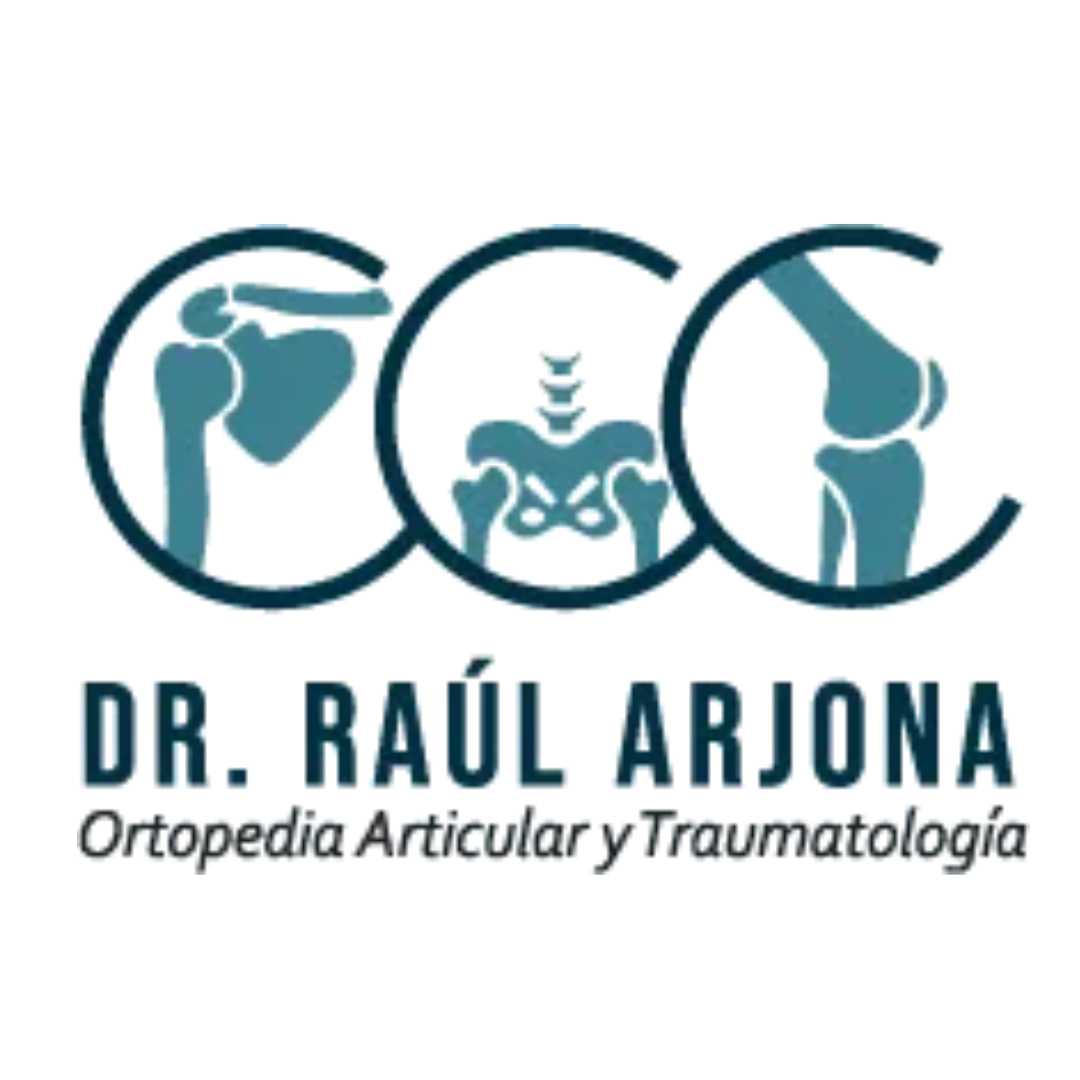Hip Arthroplasty Treatment in Mexico: Affordable Relief from Hip Pain
Hip arthroplasty, commonly known as hip replacement surgery, is a highly effective treatment for individuals suffering from severe hip pain due to arthritis, fractures, or joint degeneration. This procedure involves replacing a damaged hip joint with a prosthetic implant, significantly improving mobility and quality of life.
With rising healthcare costs in the United States and Canada, many patients are seeking affordable alternatives without compromising quality. Mexico has become a leading destination for hip arthroplasty, offering world-class orthopedic care at a fraction of the cost.
Key Insights at a Glance
-
Hip replacement in Mexico costs 50%–70% less than in the U.S. and Canada.
-
Mexican hospitals use FDA-approved implants and advanced surgical techniques.
-
Top orthopedic surgeons have international training and high success rates.
-
Short wait times allow patients to schedule surgery within weeks.
-
Mexico offers all-inclusive medical packages with surgery, hospital stay, and post-op care.
What is Hip Arthroplasty?
Hip arthroplasty is a surgical procedure that replaces a deteriorated hip joint with an artificial implant to relieve pain and restore function. It is most commonly performed on patients with severe arthritis, hip fractures, or joint damage due to aging or injury.
Types of Hip Arthroplasty
-
Total Hip Replacement (THR): The entire hip joint is replaced with prosthetic components.
-
Partial Hip Replacement: Only the damaged part of the hip joint is replaced.
-
Hip Resurfacing: A less invasive option where the femoral head is reshaped and capped with a metal covering.
Who Needs Hip Replacement Surgery?
-
Patients with severe osteoarthritis or rheumatoid arthritis.
-
Individuals with chronic hip pain that limits daily activities.
-
People with hip fractures that have not healed properly.
-
Those experiencing stiffness and reduced mobility despite medications or therapy.
Did You Know?
Hip replacement surgery has a 95% success rate, and modern implants can last 20 years or more.
Why Choose Mexico for Hip Arthroplasty?
1. Cost-Effective Surgery Without Compromising Quality
Hip arthroplasty in Mexico is significantly more affordable than in North America and Europe.
|
Country |
Average Cost (USD) |
Potential Savings |
|
United States |
$30,000 - $50,000 |
Up to 70% |
|
Canada |
$20,000 - $30,000 |
Up to 60% |
|
United Kingdom |
$20,000 - $25,000 |
Up to 50% |
|
Mexico |
$10,000 - $15,000 |
Significant Savings |
2. High-Quality Medical Facilities
Mexico’s leading orthopedic hospitals meet international medical standards and use the same FDA-approved implants as in the U.S. and Canada. Many facilities are JCI (Joint Commission International)-accredited, ensuring world-class patient care.
3. Experienced and Internationally Trained Surgeons
Many of Mexico’s top orthopedic surgeons have trained in the U.S., Canada, and Europe. They specialize in minimally invasive hip replacement techniques that offer faster recovery, reduced pain, and better long-term outcomes.
4. Shorter Wait Times
In the U.S. and Canada, patients often wait months for hip replacement surgery. In Mexico, the procedure can be scheduled within weeks, allowing for immediate pain relief and faster recovery.
5. Comprehensive Medical Packages
Most hospitals in Mexico offer all-inclusive surgery packages covering:
- Pre-surgical tests (X-rays, MRIs, bloodwork).
- Hip replacement surgery with top-tier orthopedic surgeons.
- Hospital stay & post-op care.
- Physical therapy & follow-up consultations.
6. Ideal Recovery Destination
Mexico is one of the top medical tourism destinations, offering patients a comfortable and relaxing recovery environment. Many hospitals are located in Cancún, Tijuana, Mexico City, and Puerto Vallarta, allowing patients to recover by the beach or in peaceful surroundings.
Did You Know?
Many hospitals in Mexico provide airport pickup and VIP medical travel services for international patients.
Best Cities for Hip Replacement in Mexico
1. Tijuana
-
Top choice for U.S. patients due to its border location.
-
Modern hospitals offer advanced orthopedic treatments.
2. Mexico City
-
Home to some of the most advanced orthopedic hospitals in Latin America.
-
Highly skilled surgeons with international certifications.
3. Cancún
-
Combines high-quality healthcare with a scenic recovery setting.
-
Popular for medical tourists looking for a vacation-like experience.
4. Guadalajara
-
A hub for medical innovation and orthopedic surgery.
-
Renowned for high-quality hip implants and top-rated surgeons.
5. Monterrey
-
Leading city for minimally invasive hip replacement techniques.
-
Offers excellent post-surgery rehabilitation programs.
Did You Know?
Mexico performs thousands of hip arthroplasty procedures every year for both local and international patients.
What to Expect: The Hip Arthroplasty Process
Before Surgery
- Virtual or in-person consultation with an orthopedic surgeon.
- Medical tests to evaluate hip joint condition.
- Pre-surgery physical therapy and lifestyle adjustments.
The Surgery Process
-
Anesthesia is administered (general or spinal).
-
The damaged hip joint is removed.
-
A prosthetic hip implant is placed.
-
Incisions are closed, and postoperative recovery begins.
After Surgery & Recovery
-
Hospital stay: 2-4 days.
-
Walking assistance with crutches or a walker for the first few weeks.
-
Physical therapy starts immediately to strengthen the hip.
-
Full recovery in 3-6 months.
Did You Know?
Most patients can walk with assistance within 24-48 hours after surgery.
FAQs
1. Is hip arthroplasty in Mexico safe?
Yes, Mexico’s top hospitals follow U.S. and European medical standards, and many surgeons have international training.
2. How much can I save by getting hip replacement surgery in Mexico?
Patients save between 50-70% compared to the U.S. and Canada without compromising care quality.
3. How long does recovery take after hip replacement surgery?
Most patients return to light activities within 6–8 weeks, while full recovery takes 3-6 months.
4. Can I travel home soon after surgery?
Patients should stay in Mexico for at least 10 days after surgery for follow-up consultations before flying home.
5. What types of hip implants are used in Mexico?
Hospitals use high-quality, FDA-approved implants from leading brands like Zimmer, DePuy, and Stryker.
6. Do Mexican hospitals offer post-surgery rehabilitation?
Yes, most hospitals provide on-site physical therapy and a customized rehabilitation plan for patients.
7. Will my insurance cover hip replacement in Mexico?
Most North American insurance plans do not cover elective surgeries abroad, but some private insurers offer partial reimbursement.
8. How do I choose the best orthopedic surgeon in Mexico?
Look for board-certified specialists with patient reviews and international experience. Consulting medical travel experts can also help.
If you're looking for affordable, high-quality hip arthroplasty, Mexico offers expert care, shorter wait times, and significant savings. Take the first step toward pain-free mobility today!

.png)

.png)





.png)








Share this listing